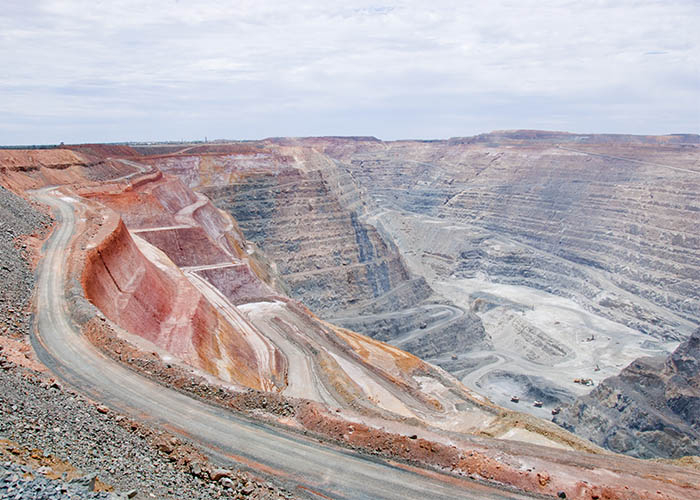Attain Reliable Connectivity for Your Mining Application

Attain Reliable Connectivity for Your Mining Application
Mining and metals applications can be difficult to connect. Harsh industrial environments – a hallmark of these industries – don’t lend them to effortless crystal-clear communication. Meanwhile, these applications are facing the same challenge as many other field industries: How do you connect disparate equipment, and geographically dispersed devices at that?
In this blog post, we’re aiming to shine a light on how you can gain reliable connectivity in your mining or metals application. Read on to find out what you need to consider, how industrial solutions can help, and how you to collect your field data.
What You Need to Consider
A couple of truths to share with you:
1) It is possible to connect pretty much all industrial equipment you have in your mining application.
2) Planning ahead and conducting a site audit of equipment you need to connect is critical.
Chances are there’s a variety of protocols in your mining and metals application. Functions such as stacker/reclaimers, open pit and underground extraction, and conveyance of materials use drives, motor control centers, and SCADA systems that may not communicate with your control system. The protocols you may be looking to connect can include:
· Modbus
· Modbus TCP/IP
· PROFINET
· EtherNet/IP™
· PROFIBUS DP
· HART
· DNP3
· And many more, including power distribution protocols.
Different protocol converters are available, depending on your needs and control system. (Here’s a look at the benefits of in-chassis and gateway protocol converters.)
In addition, depending on the expertise available in-house, you may want to consult a field application engineer with experience identifying required connectivity solutions and conducting site surveys. This can be especially beneficial if you need to implement a wireless network as part of your connectivity updates. (Contact us for more information on how we can help!)
Industrial vs. Commercial Solutions
Wireless connectivity can help ensure that workers’ and equipment’s locations are known, increasing productivity and safety.
But you’ll need to go with an industrial solution – not radios from your local big-box tech retailer. That’s because the conditions of mining environments require hardened solutions that are designed to withstand harsh areas, including features such as wide-ranging temperature thresholds (in both directions) and conformal coating. Using a wireless radio designed for these environments can also increase clear communications in signal- and clash-heavy spots. A combination of radiating cable and wireless radios can also help minimize the effects of a signal-heavy environment, enabling clear connectivity.
Keeping workers safe is a must for many mining applications as well. If your application allows, we recommend pairing wireless connectivity with a functional safety protocol, such as CIP Safety or PROFIsafe.
Getting the Data You Need
Getting data from your application can give you important information about a variety of processes, helping you:
· Perform predictive maintenance
· Identify inefficiencies
· Increase uptime
Your equipment needs to be connected to a SCADA system, PAC, or cloud platform to ensure this data can be collected, analyzed, and acted upon. The protocol converters mentioned earlier can connect your equipment to a SCADA system or PAC. Cellular or wired gateways can be used to connect to a cloud platform – and can also be used in some cases to remotely monitor and troubleshoot your equipment, saving you travel time and costs.
If you opt for a remote connectivity option or cloud platform, we recommend opting for one with the following security features:
· No software to install or maintain: This saves you time and eliminates a common entry point for hackers
· The ability to control access to your equipment: This helps ensure that only those who need access have it; ideally, you will also have the ability to set specific times and network zones for approved access

